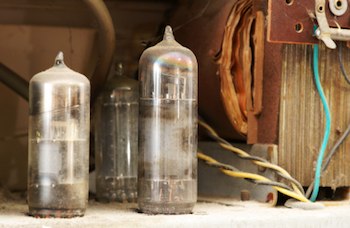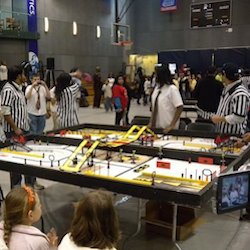A student from RailsBridge NYC asked me for a reading list. Rather than focus on Ruby or Rails, I broadened the topic to software writing and writers I look to for inspiration. Here’s my reply:
The best book on Ruby language is the The Well-Grounded Rubyist by David Black. The Ruby documentation is pretty handy, especially the API pages http://ruby-doc.org/
For the Rails framework I dive into code and rely on google searches of Stack Overflow Q&A’s and the rails docs http://api.rubyonrails.org/ for answers to specific questions I run into.
For developer practice, I’ve been reading James Shore (The Art of Agile Development), Diana Larsen (Liftoff: Launching Agile Teams & Projects
) and Jean Tabaka (Collaboration Explained: Facilitation Skills for Software Project Leaders
)
For inspiration, I love The Existential Pleasures of Engineering by Samuel Florman and To Engineer Is Human: The Role of Failure in Successful Design
by Henry Petroski.
Thought leaders who helped shape my values as a developer, product person and development manager are Jeff Sutherland, Ken Schwaber, Bob Martin, and Steve McConnell.
For online training resources, my team and I are using RailsCast, ThoughtBot, RubyTapas, Code School.

 My father became the best student in the class. The instructor’s encouragement convinced him to pursue a career in engineering.
My father became the best student in the class. The instructor’s encouragement convinced him to pursue a career in engineering. My father, the engineer, encouraged me to love science. I studied mathematics and physics and make my living building software.
My father, the engineer, encouraged me to love science. I studied mathematics and physics and make my living building software. 